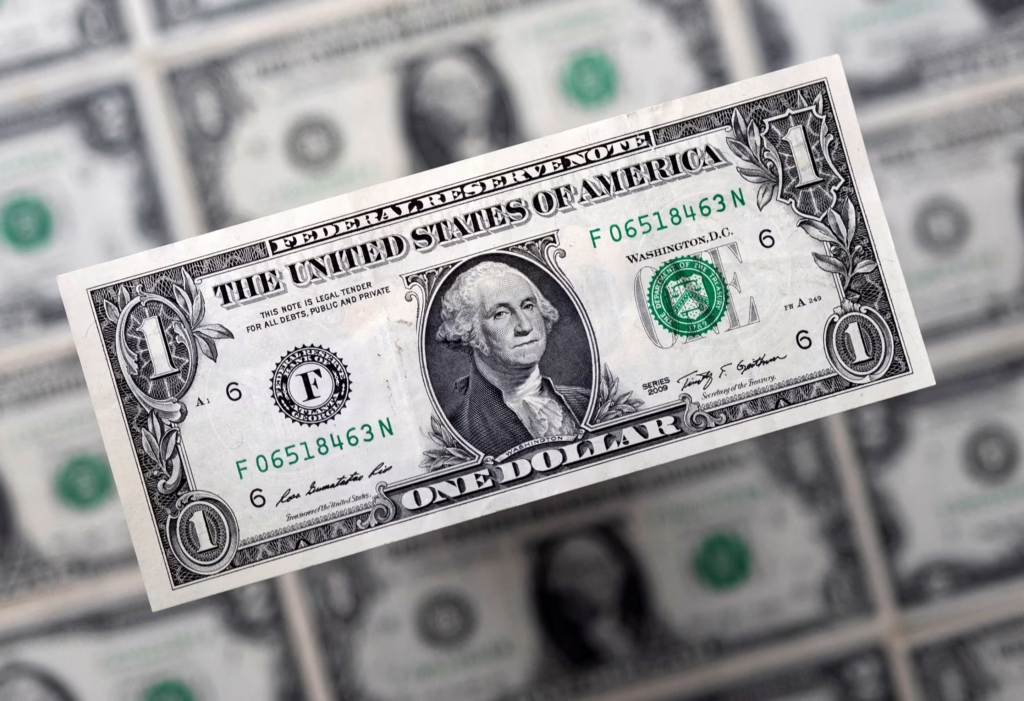
The Indian rupee has recently faced significant depreciation, hitting an all-time low of ₹86 against the US dollar. This decline is a result of a complex interplay of domestic and global factors, which have collectively exerted downward pressure on the currency.
Why Do Currencies Appreciate or Depreciate?
Currency fluctuations are primarily driven by the forces of supply and demand in the foreign exchange market. Key factors include:
- Trade Balance: Countries with a trade surplus (more exports than imports) often see their currency appreciate as demand for their goods increases demand for their currency. Conversely, trade deficits can weaken a currency.
- Capital Flows: Foreign investments—either in equities, bonds, or direct investment—can strengthen a currency by increasing demand. Conversely, capital outflows, where foreign investors sell assets and convert funds back into their home currencies, can lead to depreciation.
- Interest Rates and Monetary Policy: Higher interest rates attract foreign capital, strengthening the currency. Central banks can also directly intervene by buying or selling their currency to stabilize exchange rates.
- Inflation Rates: Low inflation generally strengthens a currency, as it preserves purchasing power over time. High inflation can erode confidence in the currency, leading to depreciation.
- Global Sentiment and Speculation: Geopolitical events, market sentiment, and speculative trading can amplify currency movements. If investors anticipate depreciation, they may preemptively sell, exacerbating the trend.
Key Reasons for Indian Rupee Depreciation
1. Rising Crude Oil Prices
India is heavily reliant on crude oil imports. The global surge in crude oil prices has inflated India’s import bill, increasing the demand for US dollars and weakening the rupee.
2. Foreign Portfolio Investor (FPI) Outflows
Indian markets have seen significant foreign investment outflows. FPIs withdrew ₹1.14 lakh crore in October and ₹45,974 crore in November, as investors moved to safer assets like US Treasury bonds, converting rupees to dollars in the process.
3. Strengthening US Dollar
The US dollar has appreciated due to strong economic performance and higher interest rates maintained by the Federal Reserve. A stronger dollar puts pressure on emerging market currencies like the rupee.
4. Weak Domestic Markets
Domestic market instability and reduced investor confidence have made Indian equities and bonds less attractive, leading to further outflows and weakening the currency.
5. Speculative Trading and Market Sentiment
Market speculation has exacerbated the rupee’s decline. The Reserve Bank of India (RBI) has intervened to stabilize the currency but has adopted a more restrained approach than in the past.
6. Liquidity Concerns
Rising bond yields and a liquidity crunch in the money market have reduced the attractiveness of Indian assets, further pressuring the rupee.
Implications of Depreciation
- Inflationary Pressures: A weaker rupee increases the cost of imports, contributing to inflation and affecting consumer purchasing power.
- Impact on Foreign Debt: The servicing costs of foreign currency loans rise in rupee terms, adding financial stress to companies and the government.
- Export Competitiveness: While depreciation can boost exports by making goods cheaper for foreign buyers, it raises the cost of essential imports like crude oil and machinery.
- Investor Sentiment: A depreciating currency can deter foreign investors, leading to reduced foreign direct investment (FDI) and further outflows.
In conclusion, the recent depreciation of the Indian rupee is shaped by both external economic conditions and domestic challenges. Addressing this requires a coordinated response from policymakers to manage inflation, support investor confidence, and stabilize the currency.







